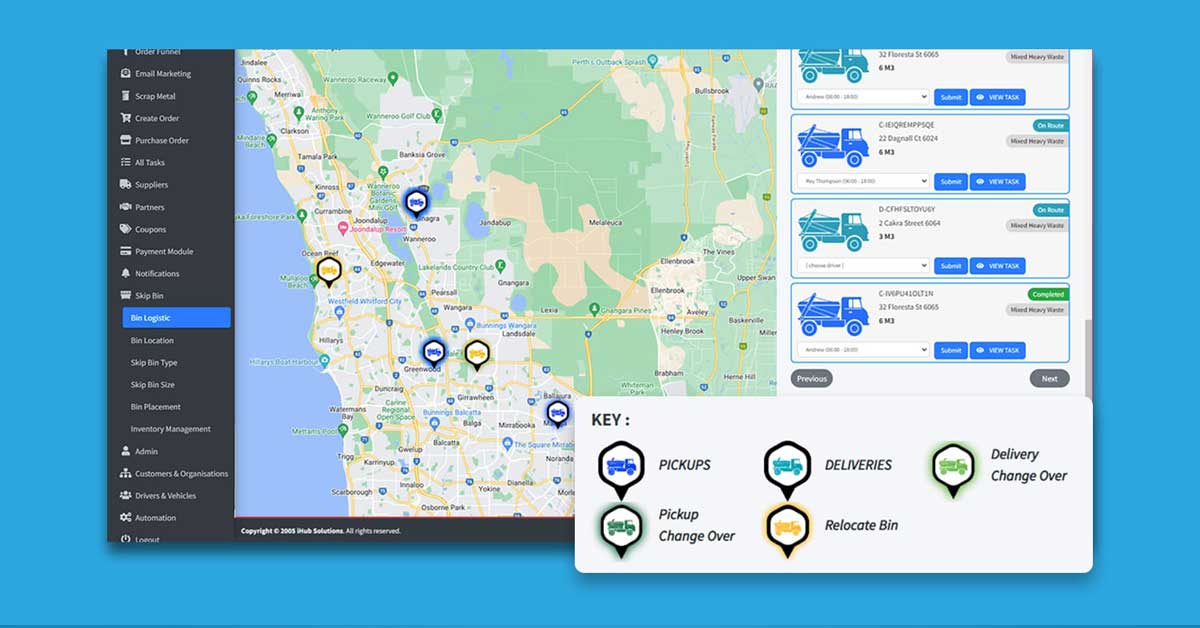Introduction
Just ten years ago, 3D printers were bulky, pricey equipment only fit for factories and wealthy businesses. They were almost unknown beyond the small groups of experts who created and used them. But because of the modern world, these fantastic gadgets are now accessible, useful tools for designers, educational institutions, and even curious consumers.
Today 3D printers are available in a wide range of models that are tailored and designed for various uses and printing processes. Knowing how they vary can help you select the best model when you’re in the marketplace for one. Getting ready to dive in? You should think about the following.
How Does It Work?
A CAD model is used as the basis for all 3D printing procedures and then is transferred to software to develop the design. The 3D printer may solidify resin or sintered powder to create the parts layer by layer, depending on the technology. After the components have been taken out of the printer, they are post-processed for a particular purpose.
Different Types of 3D Printers
There are three many types of 3D printers available for the plastic parts, these include:
- Selective laser sintering
- Stereolithography
- Fused deposition modeling.
Positives of 3D Printers
Cost-cutting
Lower expenses for materials, and machinery
Cost reduction is crucial for every firm, and one benefit of 3D printing is that it will contribute to lower prices.
Speed
A prototype could take weeks to make before the 3D printing industry took off. Rapid prototyping is one of the main benefits of 3D printing technology. Before 3D printers, the procedure took additional several weeks each time a modification was made.
Lower travel expenses
The ability to shorten the distance that a product must travel is one of the main benefits of 3D printing. Designers may design a product in one nation and email it to another in preparation for manufacturing thanks to 3D printers’ ability to build a thing from scratch.
Adaptability
With conventional manufacturing techniques, each new component or modification to an existing part design necessitates the production of a new tool or jig.
A significant benefit of 3D printing is that every printer can produce practically anything as long as it fits inside its build volume.
What Makes 3D Printing So Valuable?
With 3D printing, anyone can move from a computer model to a finished product in a single step, requiring no specific knowledge and only one tool. It allows people who need things to create them on their own.
Because 3D printing is a one-step manufacturing method. It reduces the time and expenses involved with employing several types of machinery for production. There is no requirement for technicians to be present continuously because 3D printers may also be set up and allowed to complete the task.
Nearly all of the 3D printers on the market today can print at a resolution of 200 microns or higher, which should result in prints of high quality. Many people can print at 100 microns, which will produce slightly fewer quality products. Although some printers can print at resolutions as fine as 20 microns, you might need to enter unique parameters to make them work.
Conclusion
The advancement of 3D printing technology may simplify the production of materials in a highly beneficial way for those in the designing and manufacturing industries. The ability to complete larger production projects will be made possible by quicker printers, and as they become more popular, price falls, and more people outside of the industry will employ them.
If you are in search of the best Australian 3D printers, then visit https://cdsoft.com.au/



